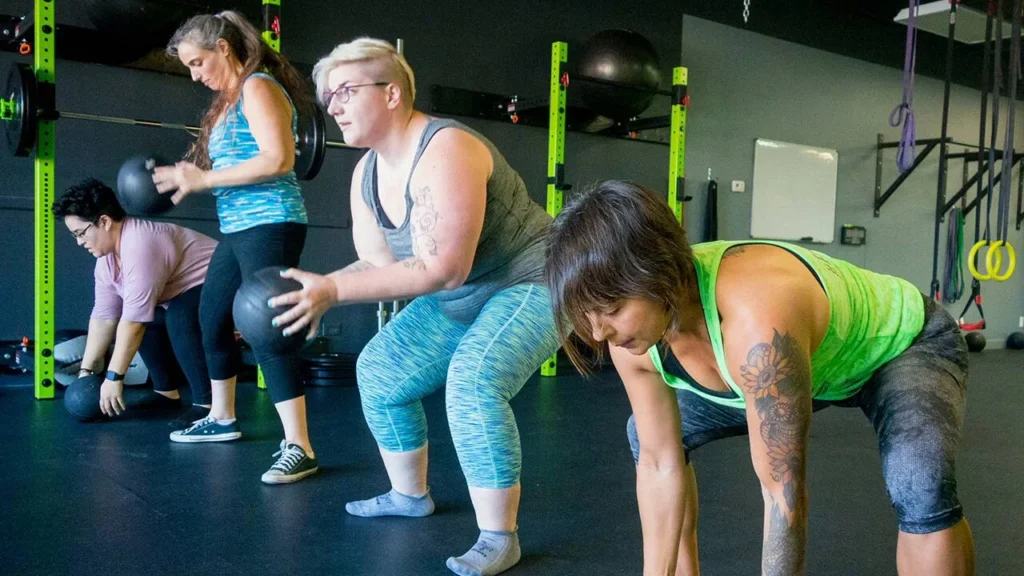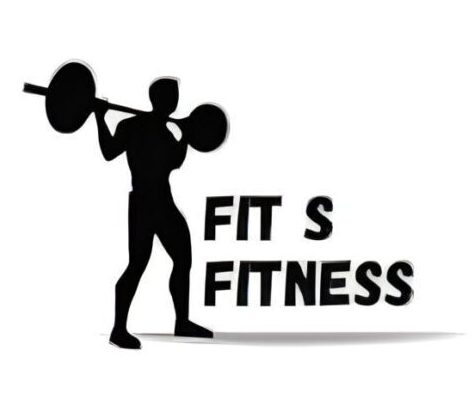Introduction
Pursuing fitness and wellness is a universal goal, but historically, the fitness industry has often been exclusive, leaving many individuals marginalized and underserved. In recent years, there has been a growing awareness of the importance of inclusive approaches to exercise and wellness. These approaches aim to create a more welcoming, accessible, and diverse fitness community that caters to people of all abilities, backgrounds, body types, and identities. This article explores the importance of fitness for all, the challenges faced by marginalized communities, and the ways in which the fitness industry can adopt inclusive practices.
The Need for Inclusive Fitness

1.1. Health Disparities
Health disparities exist across various populations due to factors such as socioeconomic status, race, ethnicity, disability, and gender identity. Access to fitness facilities, affordable programs, and health education are limited for certain communities, leading to higher rates of chronic illnesses and lower overall well-being.
1.2. Body Positivity and Mental Health
The emphasis on unrealistic beauty standards and body ideals in the fitness industry can lead to body image issues and poor mental health. Inclusive fitness practices should promote body positivity and encourage people to embrace their bodies, regardless of size or shape.
1.3. Creating a Supportive Environment
An inclusive fitness environment fosters community and support, making it easier for individuals to engage in regular physical activity. It reduces the fear of judgment and creates a space where people feel welcomed and empowered.
Challenges Faced by Marginalized Communities
2.1. Accessibility
Many fitness facilities and equipment are not designed with accessibility in mind, making it challenging for people with disabilities to participate in physical activities. Inclusive fitness should prioritize accessibility by providing adaptive equipment and accommodating spaces.
2.2. Cultural Sensitivity
Different cultures may have unique attitudes toward exercise and wellness. Inclusive fitness approaches should consider cultural diversity and offer programs that respect and celebrate these differences.
2.3. Socioeconomic Barriers
High membership fees, expensive fitness gear, and the cost of specialized training can exclude individuals with lower incomes. Inclusive fitness initiatives should strive to offer affordable options and scholarship programs.
2.4. Gender and Identity Inclusivity
The fitness industry has historically reinforced gender stereotypes, often making it unwelcoming for transgender and non-binary individuals. Inclusive fitness spaces should be safe and respectful environments for people of all gender identities.
Inclusive Fitness Practices

3.1. Educating Fitness Professionals
Fitness trainers and instructors play a crucial role in promoting inclusive practices. Training programs should include education on diversity, cultural sensitivity, and adapting exercises for different abilities.
3.2. Diverse Representation
Representation matters. The fitness industry should actively showcase diversity in marketing materials, social media, and instructor roles to create a more inclusive and relatable image.
3.3. Partnering with Community Organizations
Collaboration with community organizations can help fitness centers reach marginalized populations and offer tailored programs that address specific needs and challenges.
3.4. Creating Adaptive Fitness Programs
Developing adaptive fitness programs that cater to individuals with disabilities is essential for fostering inclusivity. These programs should consider a wide range of disabilities and provide modified exercises as needed.
3.5. Emphasizing Mental Health and Mindfulness
Inclusive fitness should not solely focus on physical fitness but also on mental well-being. Incorporating mindfulness practices, meditation, and stress-reduction techniques can benefit all participants.
Conclusion
The shift towards inclusive approaches to exercise and wellness is a necessary and positive change in the fitness industry. By acknowledging and addressing the challenges faced by marginalized communities, the fitness community can become a more welcoming and empowering space for everyone. Embracing diversity, promoting accessibility, and fostering a sense of community will not only improve physical health but also enhance mental well-being, contributing to a healthier and happier society overall. By promoting fitness for all, we can take significant strides toward building a more inclusive and equitable world.




